
How to Create Orange Colour for Your Walls?

Create Your Dream Home With Our Painting Experts
Fill the form below to book a free site evaluation by Nerolac Nxtgen painting Services expert
Do you long to envelop your home in the warmth and vibrancy of orange but need help knowing where to begin? Adding an orange accent wall is an easy way to energize any room with this bold, dynamic hue. However, achieving the perfect shade of orange for your walls can seem tricky if you need to familiarize yourself with colour mixing.
Read on for a foolproof guide to making orange paint for a flawless accent wall by blending primary colours and experimenting with tints and shades. With the right approach, you'll be on your way to a personalized, energizing orange that enhances your space.
Introduction: Why Choose Orange Colour for Your Walls?
Choosing orange for your walls can transform a room from mundane to vibrant, infusing energy and warmth into any space. Orange, a blend of red's passion and yellow's happiness is versatile and can invigorate a living area, stimulate appetites in a dining room, or inspire creativity in a workspace.
This colour can be bold and bright or soft and subdued, depending on the shade, allowing it to fit a variety of decor styles and personal tastes.
Additionally, orange pairs beautifully with neutral tones, blues, and greens, providing ample styling options. Orange colour walls can create a welcoming and cheerful atmosphere, perfect for enhancing your interior design.
Understanding the Colour Wheel: The Basics of Colour Mixing
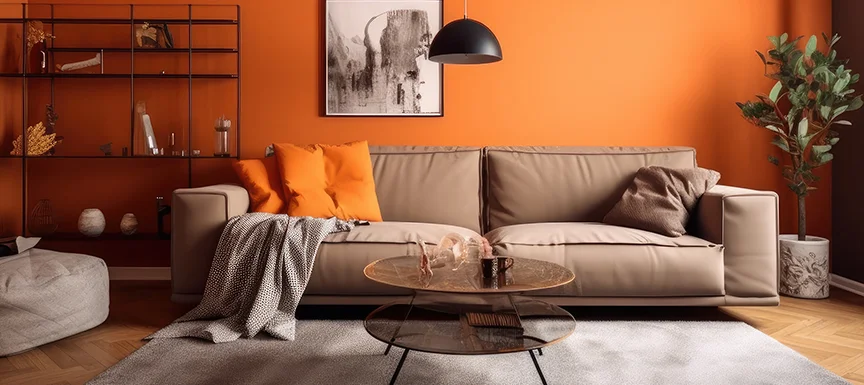
Have you ever wondered how to mix colours to get your desired result? It might seem confusing, but don't worry! Understanding the basics of colour theory can make it easier.
A colour wheel is a helpful tool that shows how colours relate to each other. The three basic colours are red, blue, and yellow. These basic colours cannot be created by mixing other colours. The secondary colours are created by mixing the two primary colours. Lastly, tertiary colours are produced by mixing a primary colour with a secondary colour.
To make orange, we'll focus on mixing primary and secondary colours. Understanding these colour relationships allows you to intentionally craft shades of orange paint to suit your wall space.
How to Make Orange Using Primary Colours?
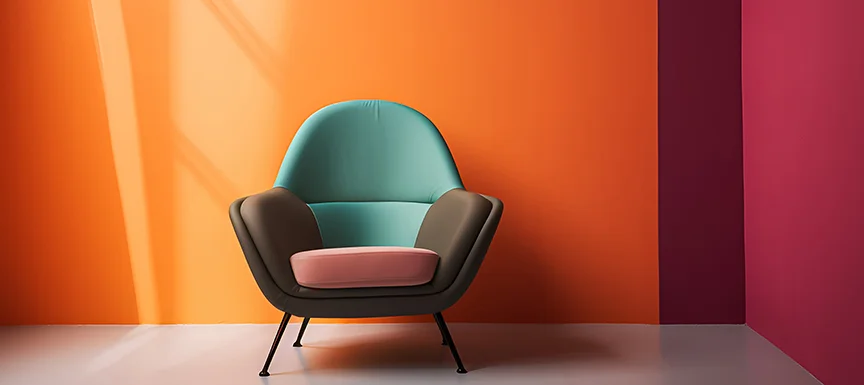
The easiest way how to make orange colour with two primary colours (red and yellow). This results in a vibrant orange hue.
The specific red and yellow shades you select impact the orange's tone. A vibrant red and bright lemon yellow make tangerine orange. For autumnal orange hues, choose a crimson red and golden yellow.
Equal parts red and yellow produce a true orange. Adjusting the ratios lightens or darkens the shade. Add more yellow for peach tones and extra red for deeper reds and browns.
Also Read: Awesome Home Paint Tricks Using Tangy Orange Colour
How to Make Orange Colour by Mixing Two Colours (Secondary)?
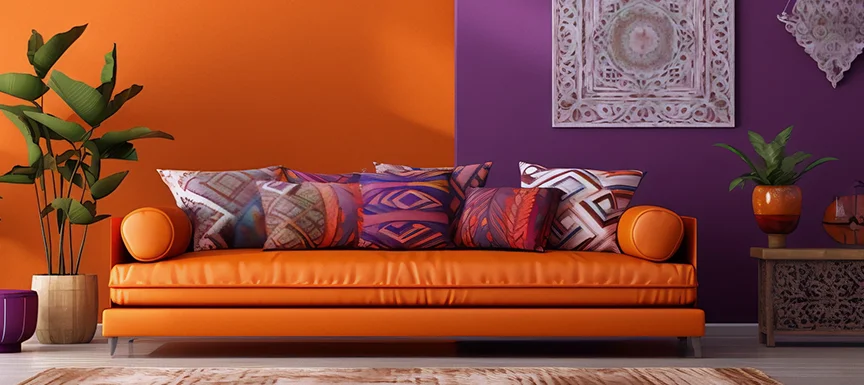
While combining red and yellow primary colours produces a true, clean orange, you can also intermix complementary secondary paints to formulate orange shades.
Using the colour wheel, we can identify paint colours positioned opposite each other as complements. Mixing complement pairs generates a shade of brown but can initially create vibrant secondary colours before dulling down.
To make orange, we mix the complements of red-violet and yellow-green. Each contains subtle hints of orange's primary components (red and yellow). As complements, they share very little hue in common, allowing their flavors of red and yellow to stand out when blended.
Here's how to mix these secondary complements to create orange briefly:
- Start with one brushstroke of any red-violet paint straight from your palette and apply it thickly to your canvas.
- While still wet, sweep yellow-green paint from your palette across and into the red-violet stroke. The colours will be mingled into a bright orange overlayer.
- Work swiftly to utilize the paints before they begin losing vibrance and eventually turn brown. The quicker you can complete any detailing on top, the better.
The same concept applies when mixing secondary oil, acrylic, or watercolour paints. Combining the complements of red-violet and yellow-green makes it possible to create temporary pops of orange in a stroke-by-stroke fashion if primary paints are unavailable.
Experimenting with Tints and Shades of Orange
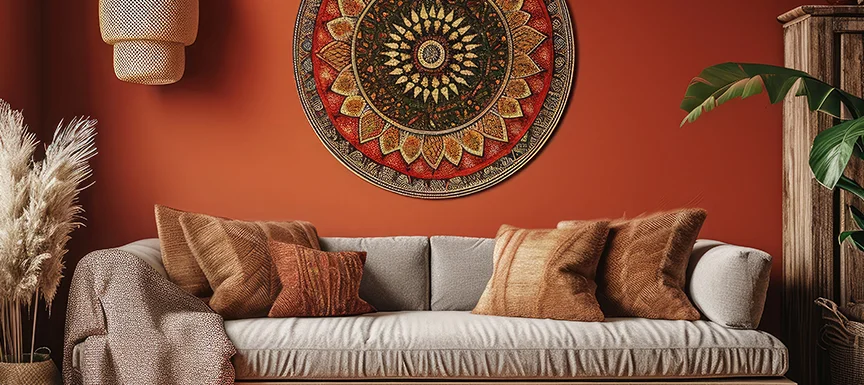
Once you've nailed down the orange's base hue, explore lightening and darkening it by adding white and black paint. White adds a tint, boosting vibrancy, while black shades mute it.
Gradually mix white or black into the orange to cautiously transform the colour. Test your new shades on swatches before committing to a wall colour.
Also Read: Orange Two Colour Combination for Bedroom Walls
Tips for Achieving the Perfect Shade of Orange
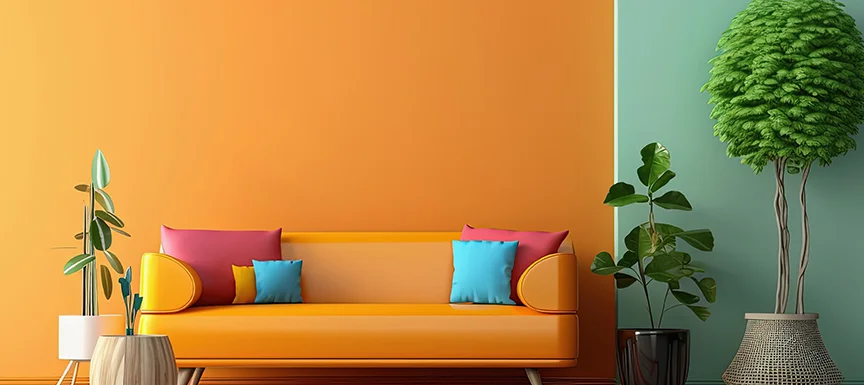
Recreating a specific shade of orange, you've seen elsewhere presents a fun challenge. Here are handy tips for getting it right:
- Snap a photo of the orange shade for easy visual reference.
- Select dominant hues to see what mixes to form that orange.
- Make small colour samples first before mixing large batches.
- Give your eyes a break if the colour looks off. Come back to it later with fresh eyes.
- View your colour in both natural and artificial light to ensure the tone translates accurately in any setting.
Take notes on your colour ratios so you can replicate mixes. Orange paint can be demanding to produce but very rewarding.
Alternative Methods: Using Wallpaper or Wall Decals for an Orange Accent
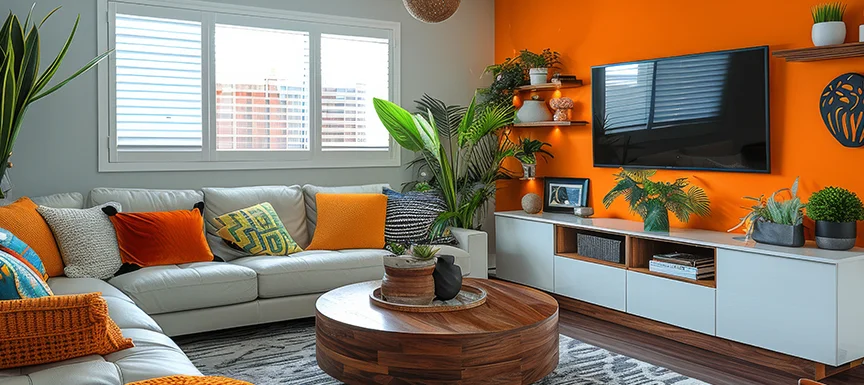
If mixing paint seems too tricky, consider wallpaper or removable wall decals to introduce orange through a decorative accent wall. Both are easy to apply to existing walls.
For the look of a hand-painted art mural, explore peel-and-stick wallpaper printed with bold orange designs. Abstract watercolour prints or citrus graphic prints add a playful pop.
Removable wall decals also come in an array of orange themes, from floral medallions to spunky geometrics. Cluster decals over a single focal wall or sprinkle them across your whole room.
Also Read: Colour Combinations That Go with Orange for Your Home
Maintenance and Care: Keeping your Orange Walls Vibrant
Orange walls can be high-maintenance because they draw attention. Use a matte or eggshell finish to minimize wear and tear. Avoid touching walls or playing ball games indoors to preserve the walls' finish.
Spot clean any marks using mild dish soap on a soft rag. Avoid abrasive cleaners or scrubs that strip the colour. Treat touch-ups by dabbing orange paint problem areas and blending edges so repairs don't stand out.
Conclusion: Embracing the Brightness of Orange
From refined peach to outrageous tangerine orange, achieving the ideal shade for your wall comes down to understanding how to blend colours. By experimenting with different ratios of primary and secondary paints, you can curate a signature orange that energises your room with positivity and fun.
If the brilliance of hand-mixed orange paint still seems out of reach, don't abandon your orange wall dreams. Stylish wallpapers or decals offer a simple shortcut to infusing orange throughout your home while still making a vibrant decorative statement.
Nerolac Paints, a leading paint company in India offers a wide range of wall paint colours & painting services & solutions for homes & offices.
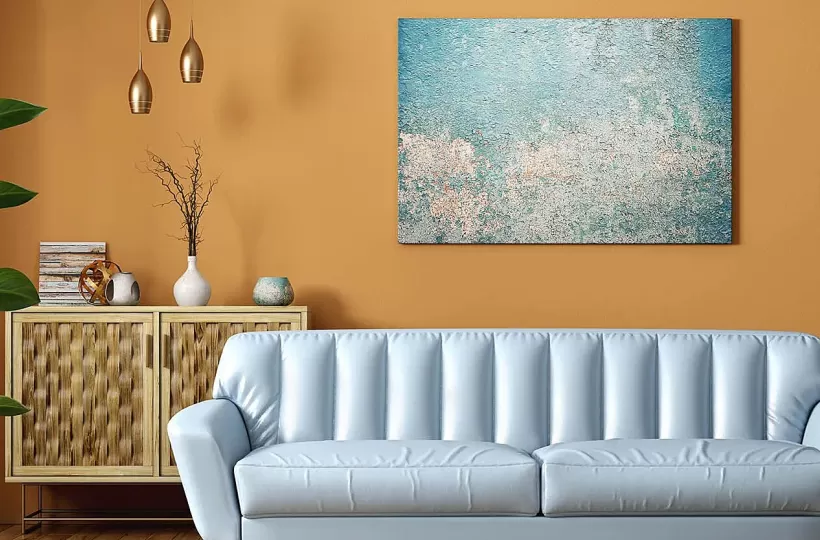
Colour Combination for Walls: 10 Beautiful House Colour Combination Ideas
A Guide To Trending Colour Combinations For Walls With Images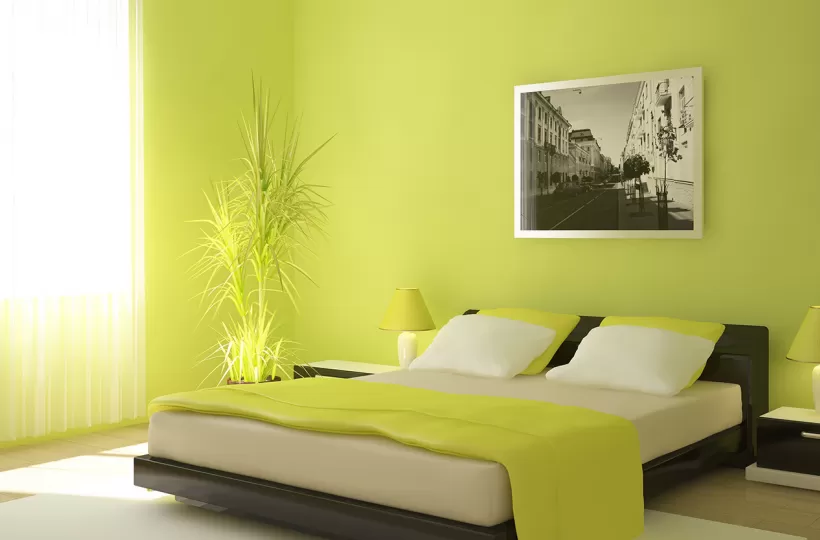
12 Stylish Green Colour Combinations and Photos
Green Colour Combinations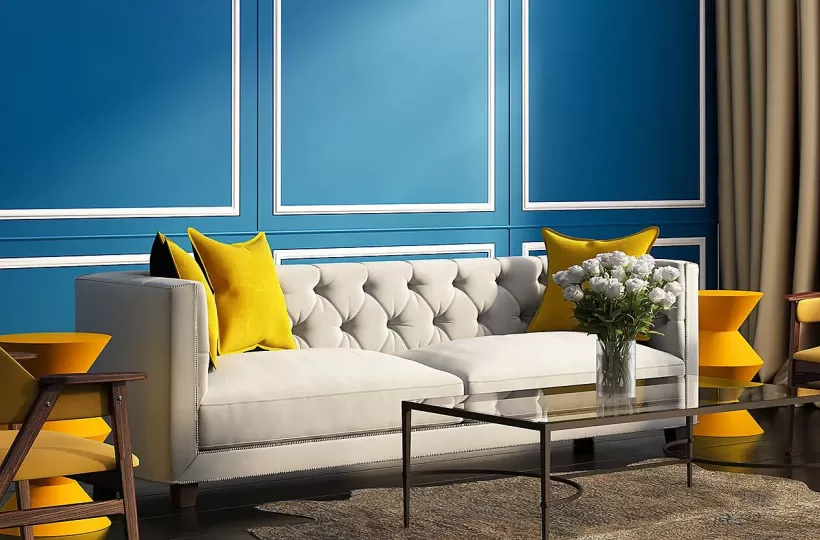
What Colours Match with Blue? 14 Colour Combinations with Blue for Your Home
Blue is a universally popular colour for décor and design
-
Recent Blogs
- Zodiac Sign Meanings: Choose Lucky Colours With Your Astrology Sign
- Top 10 Painting Ideas for North & South Facing House Vastu
- Top 10 Creative Wall Furnishing Ideas For Your Lovely Home
- Top 10 Mocha Mousse Colour Combinations and Photo Inspirations
- How Heat Resistant Paint for Roofs Can Reduce Your Indoor Temperature?
Get in Touch
Looking for something else? Drop your query and we will contact you.
Get in Touch
Looking for something else? Drop your query and we will contact you.
Popular Searches
Get in Touch
Looking for something else? Drop your query and we will contact you.


